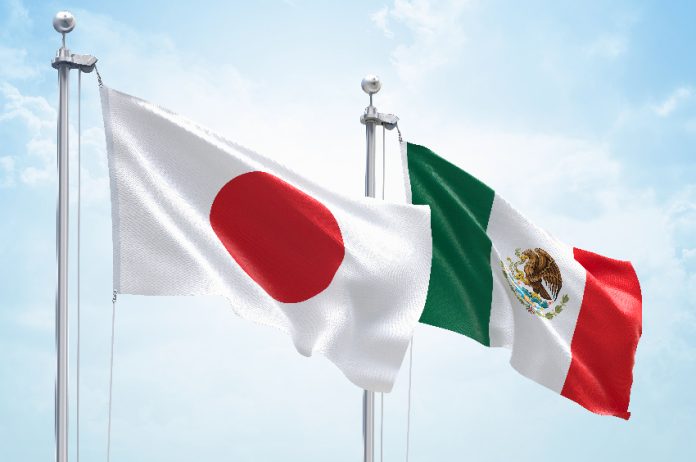The year was 1609 and a Spanish galleon called San Francisco was sailing off the coast of Japan en route to Acapulco from Manila when it shipwrecked.
More than 300 crew members, including the governor-general of the Philippines — part of New Spain at the time — were rescued by Japanese fishermen and taken to Japan, where they would spend a period of months before sailing to Acapulco on a Japanese ship in 1610.
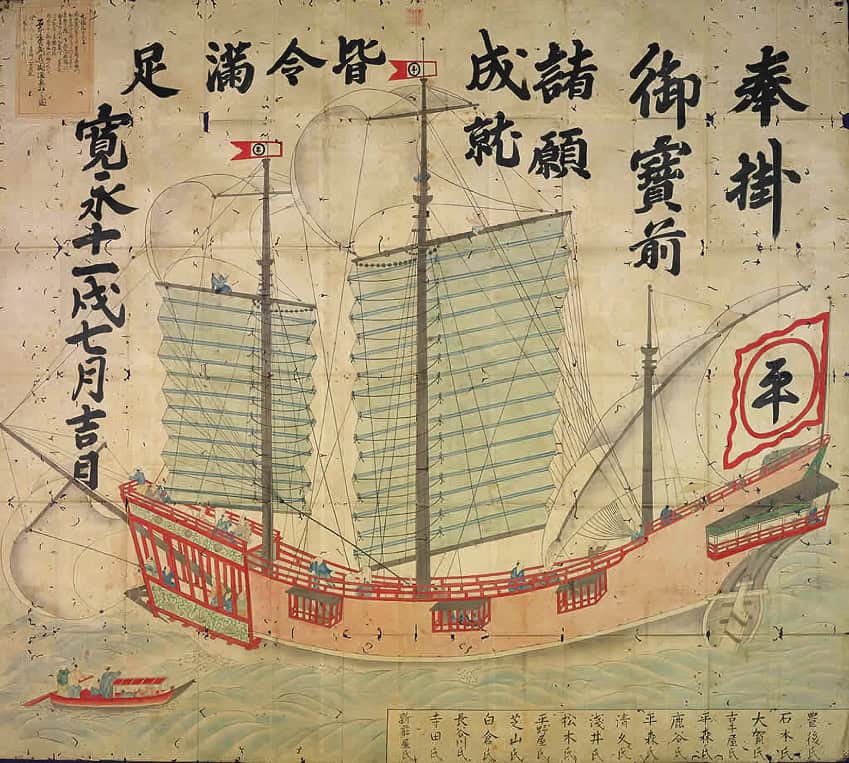
Twenty-two Japanese representatives, including the merchant Tanaka Shōsuke, joined the voyage to Acapulco, becoming some of the first known Japanese people to travel to the Americas.
During the time he spent in Japan, the Philippines governor, Rodrigo de Vivero, met with the Japanese shogun of that time and the two men, according to Mexico’s Ministry of Foreign Affairs (SRE), “attempted to establish, through a treaty, the frameworks for a mutually convenient economic and political relationship” between Japan and New Spain, whose capital was Mexico City.
“The shipwreck of San Francisco is significant,” the SRE says, “because it brought about the first direct negotiation between a high-ranking official of New Spain …[and] the shogun Tokugawa Ieyasu, maximum leader of Japan at that time.”
While the establishment of the independent country of Mexico was still more than 200 years away in 1609, that first meeting between the Philippines governor and the Japanese shogun is considered the “first contact” between Mexico and Japan and is therefore said to mark the commencement of “exchange,” if not ties, between the two countries.
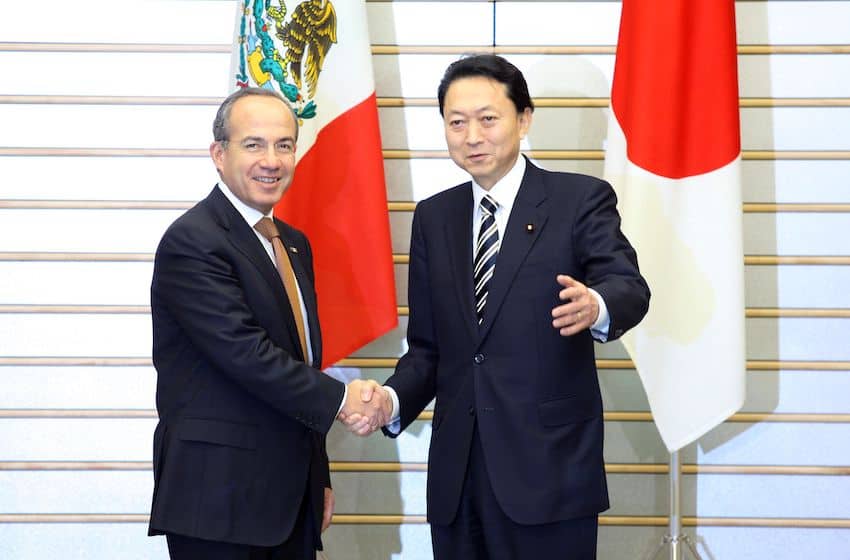
Celebrations to mark 400 years of friendship between Mexico and Japan were held in both countries in 2009 and 2010, and the Mexican president at the time, Felipe Calderón, visited the East Asian constitutional monarchy in the latter year.
“During these four centuries … [Mexico and Japan] have systematically strengthened their economic, political and cultural ties while forging a solid friendship based on mutual understanding and cooperation,” Calderón wrote in a op-ed published by The Japan Times during his visit.
In this article — the first of Mexico News Daily’s “Global Mexico: Japan in Focus” series — I will examine how the relationship between Mexico and Japan has evolved over the centuries, and take a look at the state of bilateral affairs today.
A brief history of Mexico-Japan relations
Known as Sakoku or “closed country,” Japan’s isolationist foreign policy came to an end in the early 1850s when the United States sent warships there and forced Japan to enter into a Treaty of Peace and Amity.
According to Mexico’s Embassy in Japan, the decision to end the isolationist policy “was received with interest in Mexico,” which at the time had been an independent country for some three decades.
In 1888 — 279 years after “first contact” was made — Mexico and Japan signed a Treaty of Amity, Commerce and Navigation in Washington D.C.
The Japanese Ministry of Foreign Affairs describes the pact — with which bilateral relations were formally established — as “Japan’s first ‘equal’ treaty with a Western country.”
Mexico’s president at the time was the iron-fisted Porfirio Díaz, while Japan’s leader was Kuroda Kiyotaka, the country’s second prime minister.
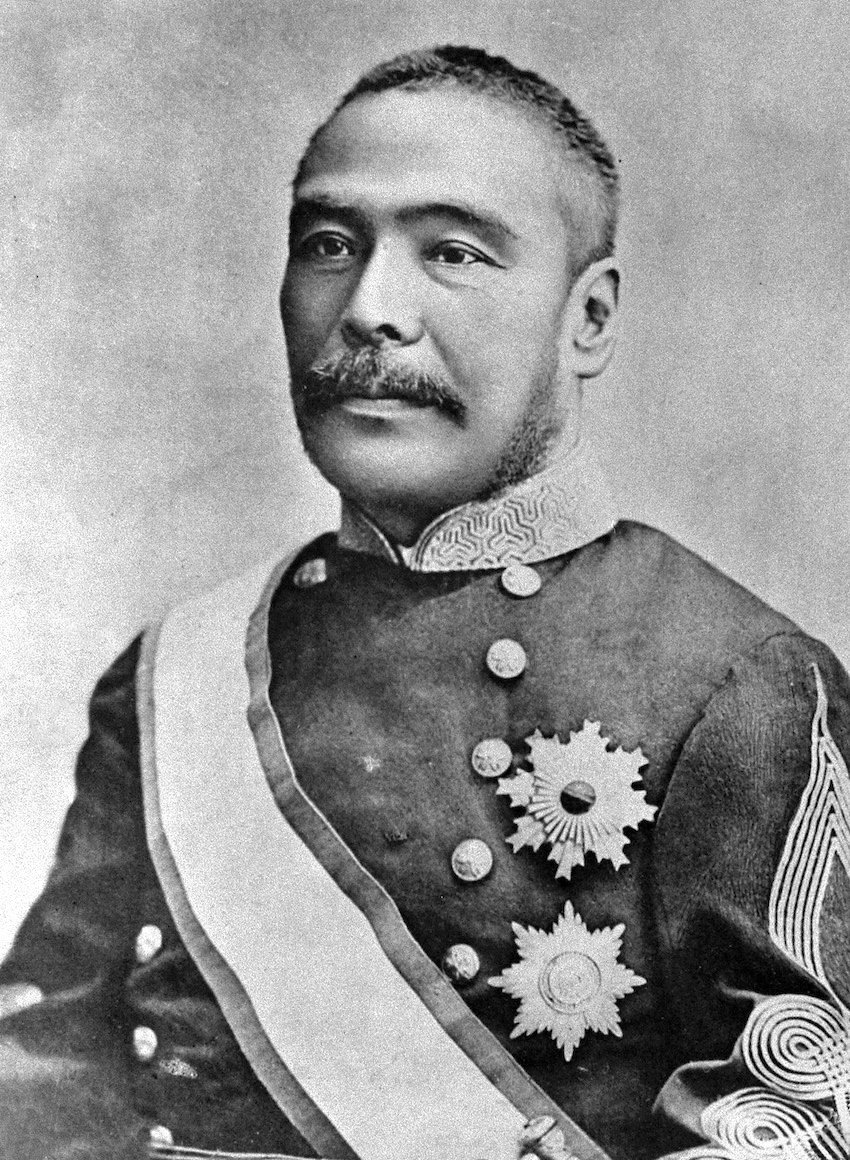
In an article alongside Calderón’s piece in the Japan Times, Mexico’s Embassy in Japan said that the 1888 treaty “was a key support for Japan in the renegotiation of unequal treaties held with Western powers.”
“For Mexico, it was the first diplomatic instrument with an Asian country by which it renewed its old bonds with that continent,” the article continued.
Trade between Mexico and Japan increased in the subsequent years.
In 1897, less than a decade after the treaty took effect, 35 members of “the so-called Enomoto Colonization Party” settled in Chiapas, “marking the first organized emigration from Japan to Latin America,” according to the Japanese Foreign Ministry.
The Japanese emigrants tried to grow coffee in Chiapas, but failed, according to an article on the Discover Nikkei website, which researches Japanese migration.
“Some people fled after just a few months,” but six Japanese people who stayed went on to form an association in Acacoyagua, Chiapas, that was involved in a range of activities in Chiapas including the education of children at the first Japanese school in the Americas, according to Discover Nikkei.
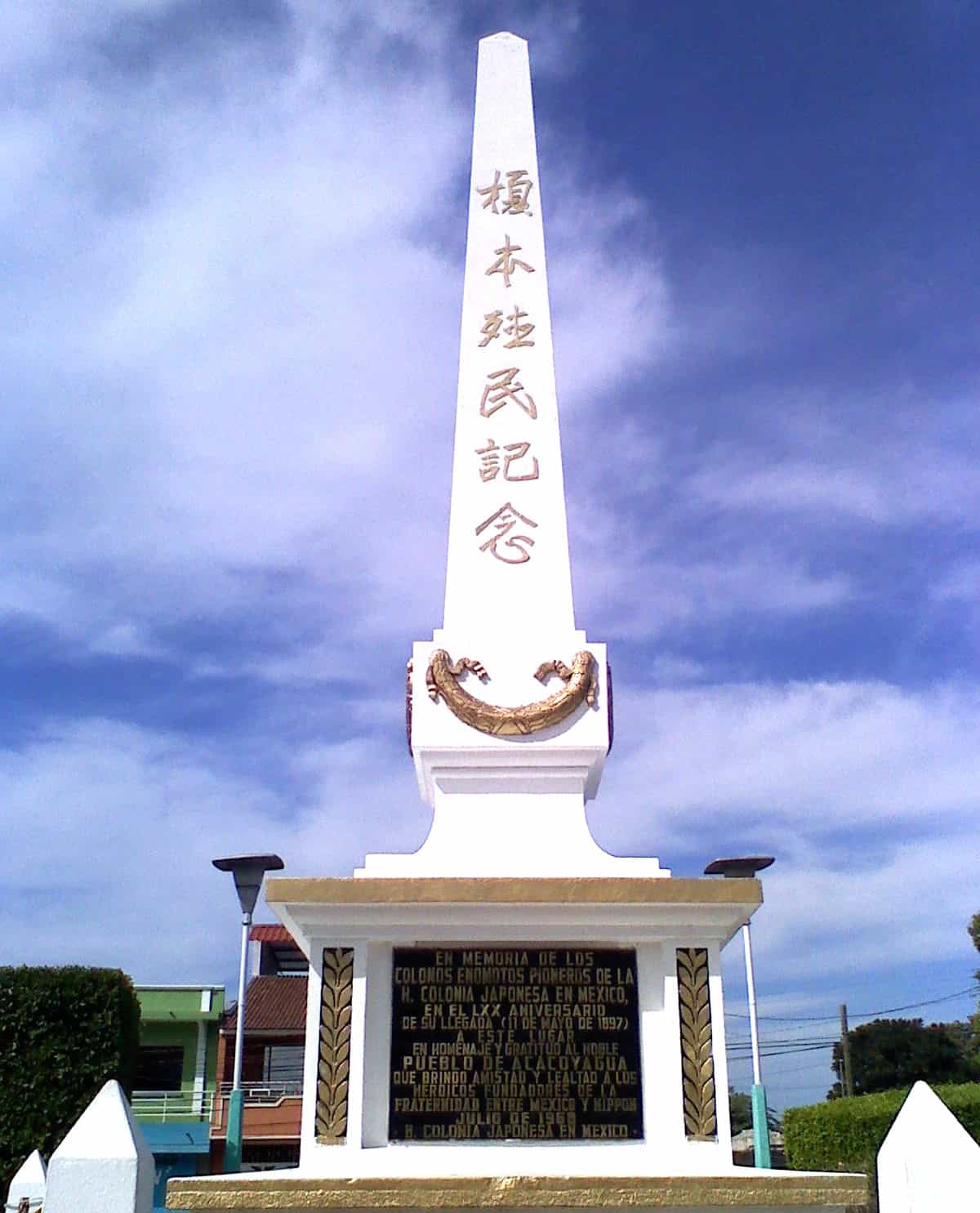
“In 1902, Tsunematsu Fuse and his wife … arrived and educated second generation Japanese and Mexicans. They also made a great contribution to the local community by compiling a Spanish-Japanese dictionary, laying waterworks and building bridges,” the article said.
Meanwhile, bilateral relations between Mexico and Japan chugged along, and the two countries signed another treaty in 1924 that “updated” some of the points in the 1888 one, according to the SRE.
Less than two decades later, the bilateral relationship came to a halt.
In 1941, amid World War II, Mexico suspended its diplomatic relations with Japan and shut down its missions in that country in response to the Japanese bombing of Pearl Harbor.
More than a decade passed until the two countries reestablished diplomatic relations in 1952, when famed writer Octavio Paz was dispatched to Tokyo as Mexico’s ambassador for a brief period.
Two years later, Mexico and Japan signed a cultural agreement that paved the way for exchange and collaboration in a range of areas.
In 1959, Mexico welcome a Japanese prime minister for the first time when Nobusuke Kishi visited, while Mexican president Adolfo López Mateos traveled to the Land of the Rising Sun in 1962 to open a new Mexican Embassy.
In the 1950s and ’60s, several major Japanese corporations including Marubeni, Mitsui, Mitsubishi and Sumitomo began operating in Mexico. Others would follow in subsequent decades.
During the first two decades after bilateral relations were reestablished, “trade and financial transactions as well as investment flows between the countries grew significantly,” according to the Mexican Embassy, while in the 1970s, the relation “registered a qualitative jump” when Mexico became a significant exporter of oil to Japan.
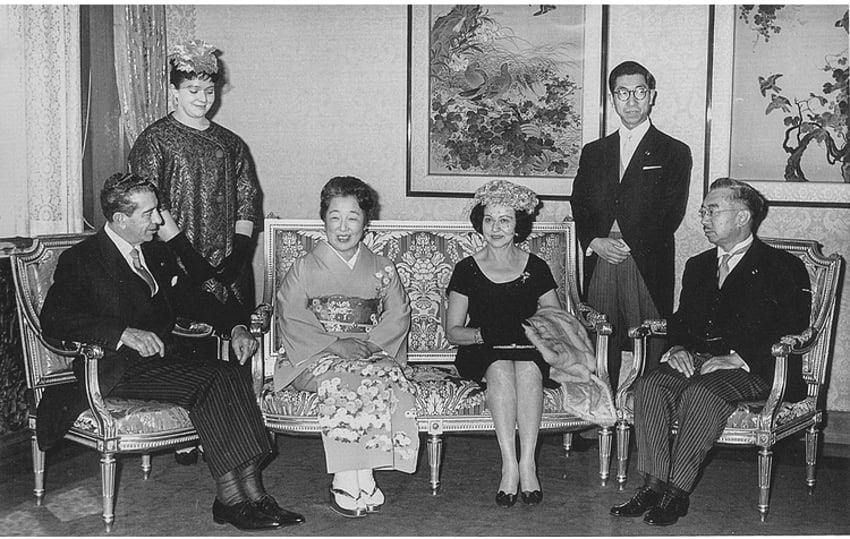
In 1977, the Liceo Mexicano-Japonés, a school, opened in Mexico City, allowing more collaboration and exchange between citizens of Mexico and Japan.
The following decade, during the Latin American Debt Crisis, Japan provided significant monetary support to Mexico.
According to the SRE, Japan was Mexico’s second largest international creditor in 1987 with 29 Japanese banks providing loans totaling US $16.11 billion or 15% of Mexico’s total foreign debt at the time.
In 1989, the Japanese government lent Mexico more than $2 billion, an amount higher than the sums Mexico received amid the debt crisis from the International Monetary Fund and the World Bank, according to the SRE.
The loan helped Mexico provide “the necessary guarantees” to creditors as it attempted to restructure its debt, the Foreign Ministry said.
The bilateral relationship in the 21st century
Trade
Mexico and Japan today have a significant commercial relationship, with two-way trade worth more than US $24.5 billion in 2023, according to Mexican government data.
Mexico shipped exports worth $3.97 billion to Japan last year, while Japanese imports were worth $20.6 billion. Mexico was thus left with a trade deficit of $16.63 billion with Japan in 2023.
Mexico’s top export to Japan last year was copper ores and concentrates, which brought in $402 million in revenue. Among Mexico’s other exports to Japan are machinery, pork, tuna, tequila and fruit.

Japan’s top export to Mexico in 2023 was motor vehicles, which brought in $1.95 billion in revenue. Japan also exports a range of other products to Mexico, including auto parts and audio and video equipment.
Japan had a 3.45% share of Mexico’s import market last year, according to the Bank of Mexico, while Mexico’s share of Japan’s market was just 0.67%.
The commercial relationship between the two countries grew significantly after an Economic Partnership Agreement (EPA) that liberalized bilateral trade took effect in 2005.
In 2015, Mexico’s Ministry of Foreign Affairs noted that trade between Mexico and Japan had increased 71% since the trade pact went into force, while Mexico’s exports to Japan doubled. Trade between the two countries has continued to grow since then.
In addition to having their own EPA, Mexico and and Japan are both signatories to the Comprehensive and Progressive Agreement for Trans-Pacific Partnership, a trade pact to which 11 countries are party.
Investment
Japan was the fourth largest foreign investor in Mexico in 2023, with investments totaling $2.9 billion. It was one of two Asian countries among the top 10 investors in Mexico last year, the other being South Korea.
Japan was also the fourth largest foreign investor in the first quarter of this year, with investments totaling $1.43 billion.
Japan’s ambassador to Mexico, Noriteru Fukushima, said last December that nearshoring was expected to increase Japanese investment in Mexico by up to 66% in 2024.
“Many from Japan want to know what is happening in Mexico, what’s going to be done in Mexico, what Mexico is going to be like because many companies are coming because of nearshoring,” he said at the 33rd Mexico-Japan Business Plenary Meeting.

According to the Economy Ministry, Mexico received a total of $34.2 billion in foreign investment from Japan between January 1999 and December 2023.
Around 1,300 Japanese companies operate in Mexico including large automakers such as Toyota and Mazda, air conditioner manufacturer Daikin, tire manufacturer Bridgestone and electronics company Sony.
The Japanese Chamber of Commerce and Industry has operated in Mexico for the past 60 years.
Among the Mexican companies that operate in Japan are fruit and vegetable producer and processor Grupo Altex and KidZania, owner of an international chain of family entertainment centers.
Multilateral cooperation
Mexico and Japan collaborate in a number of international forums including the G20, the Asia-Pacific Economic Cooperation, or APEC, and the Organization for Economic Co-Operation and Development, or OECD.
According to the SRE, Mexico has worked “hand in hand” with Japan in the G20 to “build agreements and find collective solutions to the common problems the world faces.”
135 years of diplomatic relations
In 2023, Mexico and Japan celebrated 135 years of diplomatic relations with a range of different activities and events.
In January of last year, Marcelo Ebrard, Mexico’s foreign minister at the time, met with Yoshimasa Hayashi, who was Japan’s foreign minister between 2021 and 2023.
“The relationship with Japan is a strategic and deep relationship … because of history and culture, and because today there are 1,300 Japanese companies in Mexico, and thousands of jobs. … We have a shared future and what we want is to broaden it,” Ebrard said at the meeting.
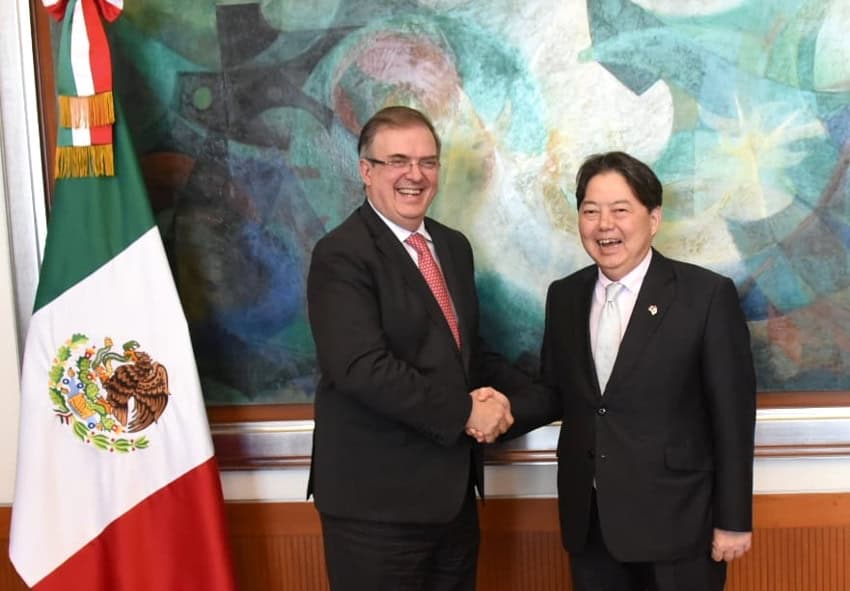
For his part, Hayashi said that “Japan and Mexico are strategic global partners who share fundamental values based on a solid friendship and trust.”
The two countries current foreign ministers, Alicia Bárcena of Mexico and Yōko Kamikawa of Japan, met in Brazil earlier this year at the G20 Foreign Ministers’ Meeting.
“Secretary Bárcena … expressed Mexico’s high appreciation and great confidence in its relationship with Japan, and her expectations for further investment in Mexico by Japanese companies, especially bearing in mind the importance of nearshoring and relocation, in electric mobility and large-scale infrastructure projects in Mexico,” the Ministry of Foreign Affairs of Japan said in a statement.
By Mexico News Daily chief staff writer Peter Davies ([email protected])
To read more of the Global Mexico series, check out our India in Focus, Australia in Focus and United Kingdom in Focus stories.
